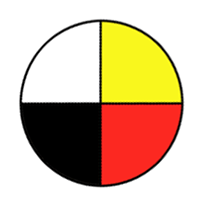Demonstrate understanding of linear relations concretely, pictorially (including graphs), physically, and symbolically.
[CN, ME, PS, R, T, V]
| (a) |
Analyze and describe the relationship shown on a graph for a given situation (e.g., "The graph is showing that, as the temperature rises, the number of people in the mall decreases"). |
| (b) |
Explain how a given linear relation is represented by a given table of values. |
| (c) |
Model a linear relation shown as an equation, a graph, a table of values, or a concrete or pictorial representation in one or more other forms. |
| (d) |
Analyze a set of equations, graphs, ordered pairs, and tables of values, sort the set according to representing the same linear relations, and explain the reasoning. |
| (e) |
Determine the missing coordinate of an ordered pair given the equation of a linear relation, a table of values, or a graph and explain the reasoning. |
| (f) |
Determine which of a set of graphs, equations, tables of values, sets of ordered pairs, and concrete or pictorial representations represent a linear relationship and justify the reasoning. |
| (g) |
Determine if an ordered pair satisfies a linear relation given as a table of values, concrete or pictorial representation, graph, or equation and explain the reasoning. |
| (h) |
Identify situations relevant to self, family, or community that appear to define linear relations and determine, with justification, whether the graph for the situation would be shown with a solid line or not. |









